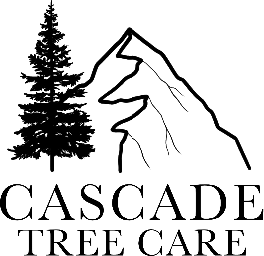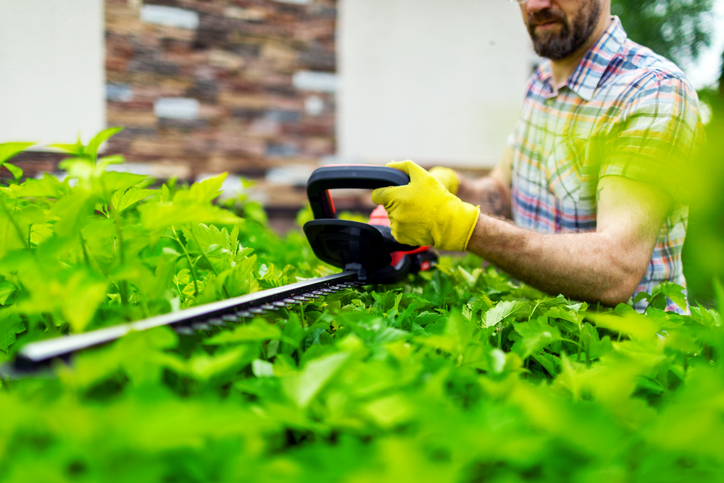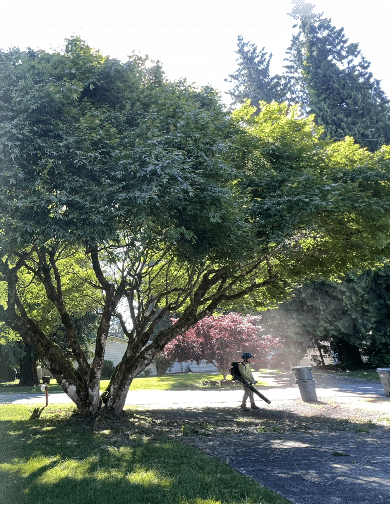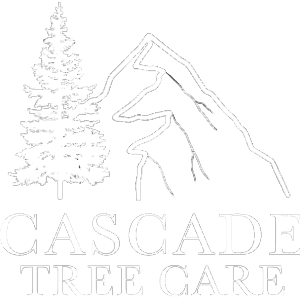Tree pruning is an important part of maintaining a beautiful and healthy landscape. However, it also presents significant risks if not done properly. Every year, improper tree care leads to injuries and property damage that could be prevented with the right safety measures. Whether you’re a DIY enthusiast or a homeowner relying on professional services, understanding and following tree trimming safety tips is crucial. This article outlines essential guidelines to ensure that you trim trees safely, protect your property, and minimize risks.
1. Understanding the Risks of Tree Pruning
Tree care involves working at heights, using sharp tools, and handling heavy branches—all of which present inherent hazards. Falling branches, unstable ladders, and improper tool use can result in serious injuries. Recognize that even a minor mistake can lead to significant damage, making it vital to understand and respect the risks involved.
A clear assessment of the work environment helps in identifying potential dangers. Check for nearby power lines, fragile structures, or uneven ground that could affect your stability. Being aware of these risks ensures you can take proactive steps to safeguard yourself and your property.
2. Choosing the Right Equipment and Protective Gear
Using proper equipment is a cornerstone of safe tree maintenance. Select quality tools like chainsaws, pruning shears, and loppers that are well-maintained and suited to the job. Faulty or inappropriate equipment increases the risk of accidents and hinders effective work.
Equally important is wearing the correct protective gear. Safety helmets, gloves, eye protection, and sturdy footwear should be standard for anyone undertaking tree pruning. Investing in high-quality gear not only reduces injury risks but also enhances your confidence when working at heights or handling heavy branches.
Before starting any project, inspect your equipment for wear and tear. Replace any damaged tools immediately to ensure that your equipment functions as intended. Following these precautions will help you work efficiently and safely.
3. Preparing the Work Area for Safe Tree Upkeep
Preparation is key to a safe tree-cutting operation. Begin by clearing the area around the tree, removing any obstacles that could cause tripping or interfere with your work. A tidy work environment minimizes risks and allows you to move freely while focusing on trimming.
Establish a secure perimeter around the work area. This step is particularly important if children, pets, or passersby might be nearby. Use barriers or warning signs to keep the area clear, and inform neighbors of your ongoing work if necessary.
Additionally, plan an emergency exit route in case you need to retreat quickly. By organizing your work area properly, you reduce the chance of unexpected accidents that can lead to injuries or property damage.
4. Using Proper Techniques for Safe Tree Care
Applying the correct trimming techniques is essential for both effective and safe work. Always start by planning the sequence of cuts to prevent the tree or its branches from falling unpredictably. Use controlled cuts and avoid overreaching to maintain balance and stability.
Maintain a firm stance and use ladders or platforms only if they are stable and designed for tree work. When cutting, focus on precision rather than speed. This approach minimizes the risk of accidentally damaging the tree, nearby structures, or yourself.
Practice safe cutting angles, and never cut above your head. Adhering to proper techniques can significantly reduce the likelihood of mishaps while ensuring that the tree remains healthy and structurally sound.
5. Working with a Professional Tree Service
While many homeowners prefer a DIY approach, some tree upkeep tasks are best left to professionals. Complex or high-risk jobs require the expertise, specialized equipment, and experience of certified arborists. Professionals follow strict safety protocols that lower the risk of injury and property damage.
When hiring a tree service, verify their credentials, insurance, and customer reviews. A reputable company will prioritize safety and offer a clear plan for managing risks during the trimming process. Relying on professionals for challenging tasks not only ensures quality work but also provides peace of mind.
Professional tree services can also help identify any potential hazards that you might overlook. Their experience allows them to foresee issues and implement effective safety measures from the outset.
6. Regular Maintenance and Inspections
Consistent tree maintenance is an investment in safety. Regular inspections help identify hazards such as dead branches, signs of decay, or structural weaknesses that may require immediate attention. Addressing these issues early prevents dangerous situations and prolongs the life of your trees.
Schedule periodic trimming sessions to keep trees healthy and reduce the risk of unexpected falls. Regular maintenance minimizes the accumulation of hazardous branches, making each trimming session quicker and safer. A proactive maintenance routine also protects your property from potential damage during storms or high winds.
Develop a maintenance schedule that suits your landscape’s needs, and consider professional evaluations for large or mature trees. This ongoing commitment to upkeep ensures that your outdoor space remains both beautiful and secure.
7. Emergency Preparedness and First Aid
Even with all precautions in place, emergencies can occur. Prepare for potential accidents by keeping a well-stocked first aid kit nearby. Familiarize yourself with basic first aid procedures and ensure that your cell phone is charged and accessible in case you need to call for help.
Establish an emergency plan that includes evacuation routes and contact information for local emergency services. If an injury occurs, act quickly and calmly to administer first aid before professional help arrives. Being prepared for emergencies can make all the difference in minimizing the impact of an accident.
Regularly review and update your emergency procedures to reflect any changes in your work environment or equipment. Preparation and quick action are vital for ensuring that minor incidents do not escalate into major emergencies.
Tree trimming is an essential maintenance task that can transform your landscape, but it comes with significant risks. By understanding the hazards, using the right equipment, preparing the work area, applying proper techniques, and working with professionals when necessary, you can protect yourself and your property. Regular maintenance and preparedness for emergencies further enhance safety and ensure that your tree maintenance projects are successful.
Boost your safety and property protection with professional tree trimming from Cascade Tree Services. Our expert arborists ensure secure, damage-free trimming. Call us at 425-530-9697 now for your free safety consultation today!





